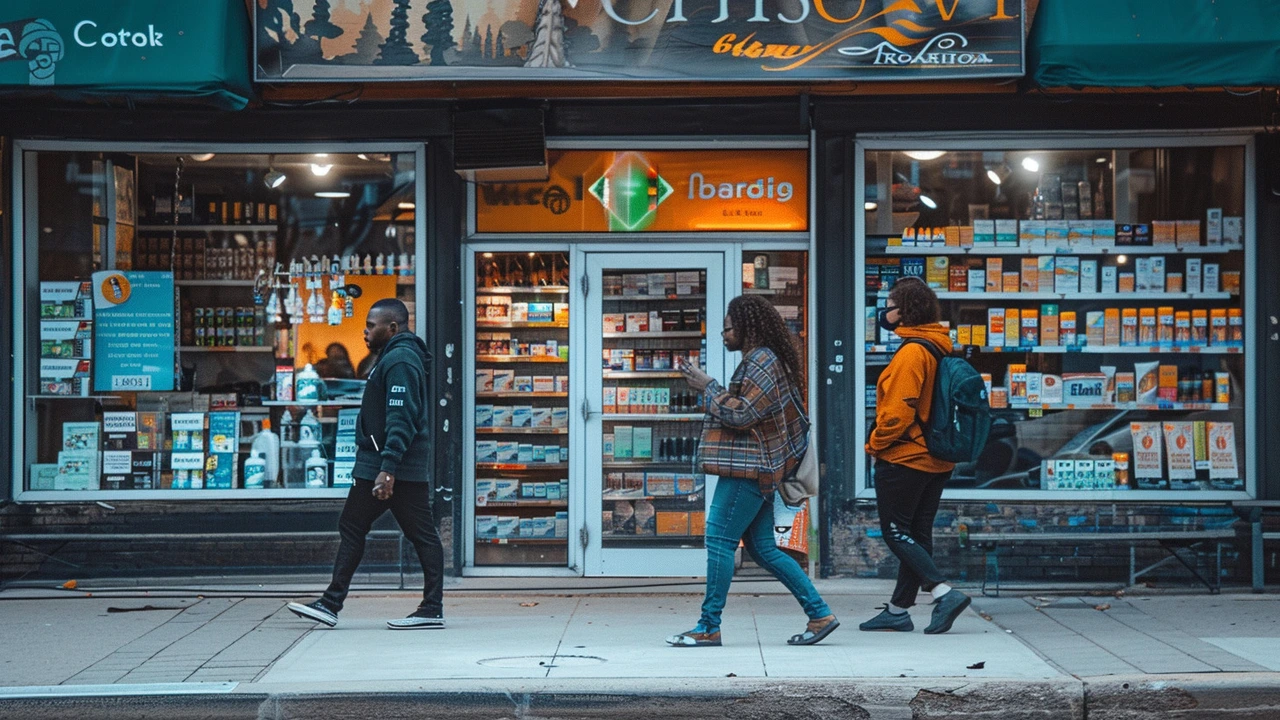University Pharmacy Closure: What to Do When Your Campus Pharmacy Shuts Down
Did your campus pharmacy suddenly close? That’s stressful, but you can handle it without missing doses. This guide walks you through simple, practical steps — from securing an emergency refill to finding a safe mail-order or local alternative.
Quick actions in the first 24–48 hours
First, check any emails or notices from the school or pharmacy. They often include a transfer plan or a partner pharmacy. If you can’t find one, call your prescriber (doctor or campus health) and ask for a new e-prescription sent to a nearby pharmacy.
Second, get a copy of your current medication list and prescription details: drug name, strength, dose, prescriber name, and date. You’ll need this to transfer your meds or request an emergency fill.
Third, contact your insurance. Tell them the campus pharmacy closed and ask how to transfer your prescriptions to an in-network pharmacy or a mail-order plan. This helps avoid surprise costs.
Where to get your meds and what to watch for
Local community pharmacies: Use Google Maps or your insurer’s pharmacy finder to pick the closest in-network chain. They usually accept transfers and can do same-day fills for non-controlled meds.
Campus health center: Some schools keep a limited supply of common meds. Call them — they may provide short-term refills while you move prescriptions elsewhere.
Mail-order pharmacies: These can be cheaper for maintenance meds. Before ordering, verify the pharmacy is legitimate — check the National Association of Boards of Pharmacy (NABP) or look for LegitScript/NABP approval. Avoid sites with sketchy pricing or no contact info.
Controlled substances: These are trickier. Federal rules often block electronic transfers for Schedule II drugs. If you take a controlled med, contact your prescriber immediately to discuss options. They may provide a limited emergency supply or direct you to an in-person pharmacy that can help.
Cost-saving tips: Ask for generics, 90-day supplies, or pharmacy coupons. Tools like GoodRx or your insurer’s discount programs can cut prices. If a local pharmacy seems expensive, compare with a verified mail-order option before switching.
Keep records: Save receipts, new prescriptions, and any emails about the closure. These help with insurance claims or disputes later.
Safety checklist before switching pharmacies: confirm the pharmacy accepts your insurance, read online reviews (watch for repeated red flags), ask about delivery times for mail orders, and verify contact info and license status.
If you’re an international student or live off-campus, check ID and insurance requirements ahead of time so transfers go smoothly. And if a needed med is unavailable, ask your prescriber about a safe temporary alternative.
Dealing with a pharmacy closure is annoying, but acting fast and using these steps will keep your treatment on track. If you want, I can help find nearby pharmacies or explain how to verify an online pharmacy you’ve found.

Wayne State University Evicts Critical Health Services Pharmacy, Impacting Detroit Community
Wayne State University has announced the closure of the University Pharmacy, a key healthcare provider for students, staff, and locals. The pharmacy, known for its extensive health services, received an eviction notice without clear reasoning, sparking concerns over healthcare accessibility on campus and its surroundings.
More Detail